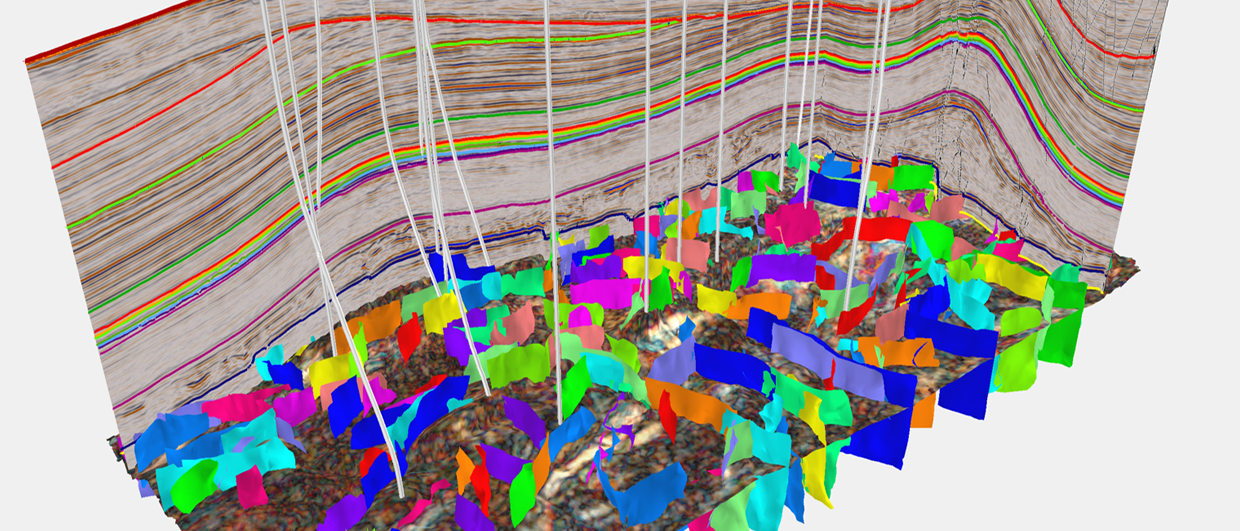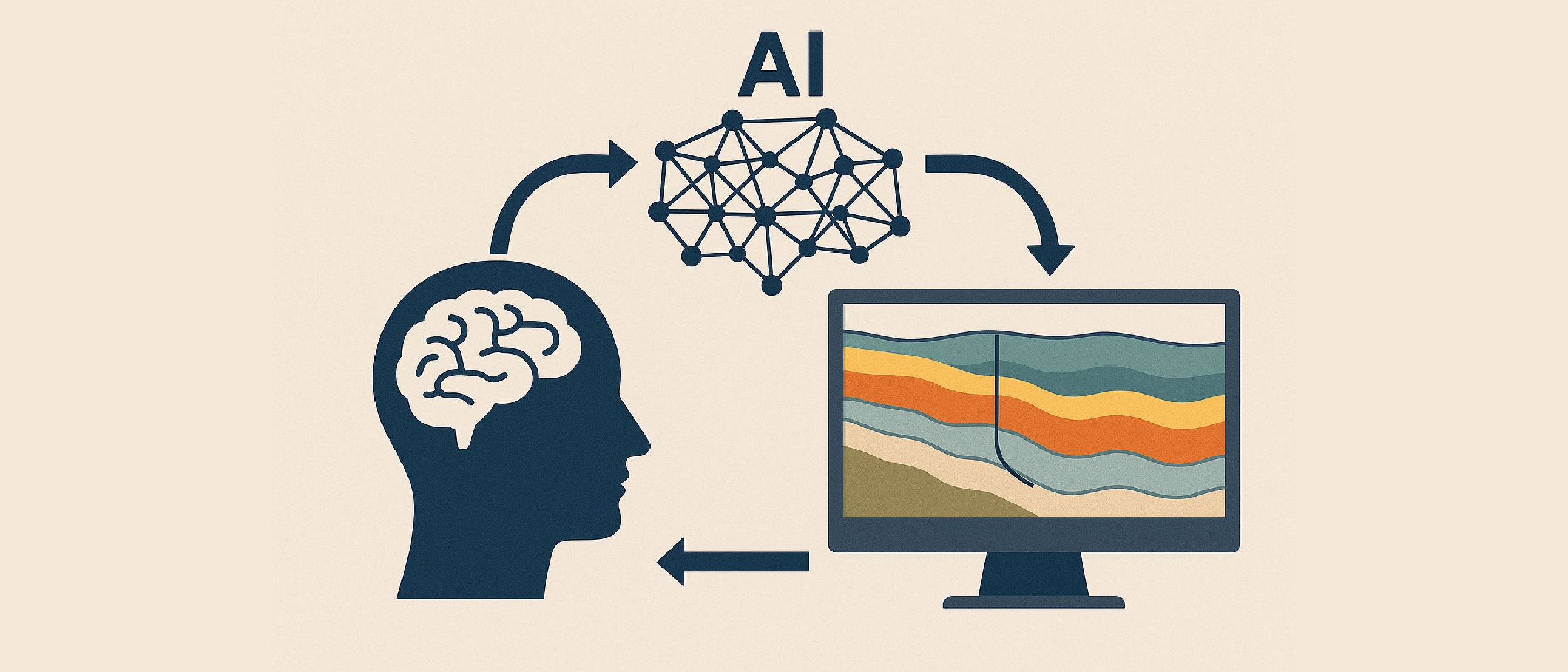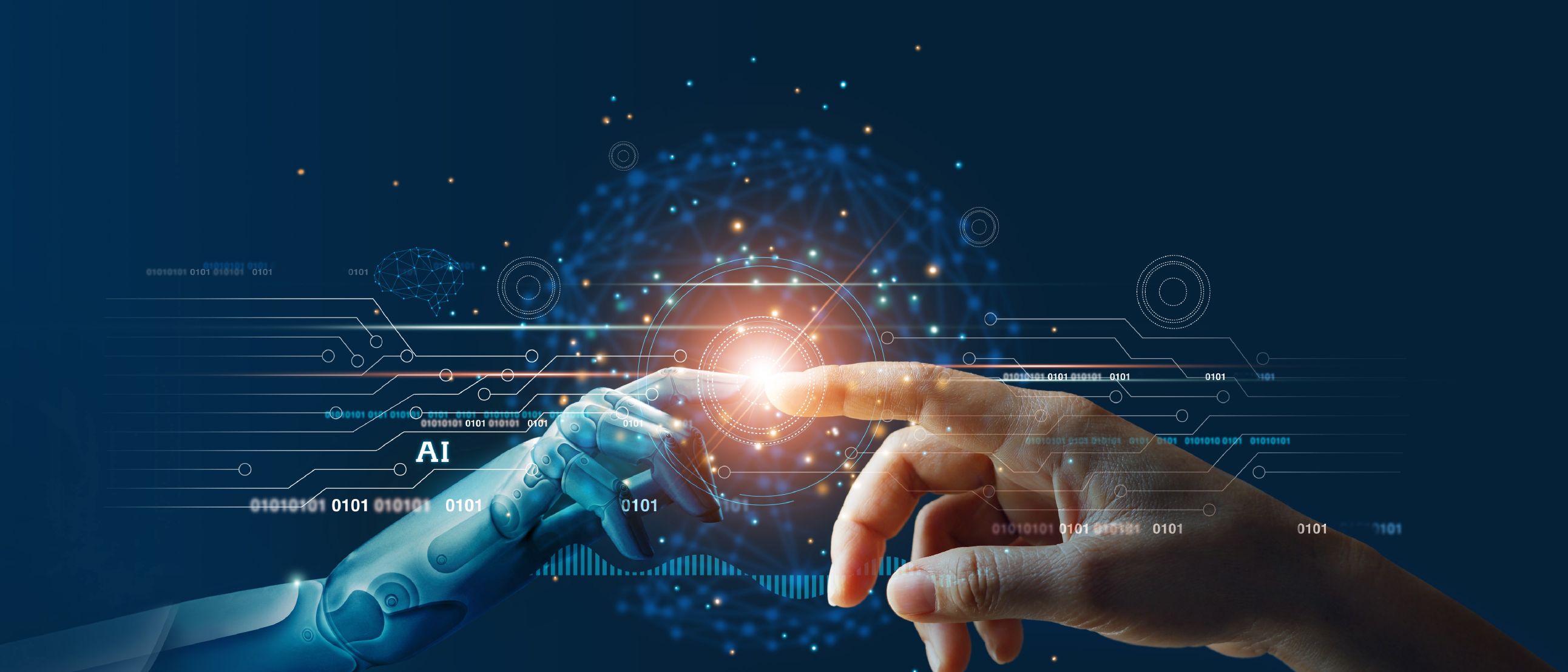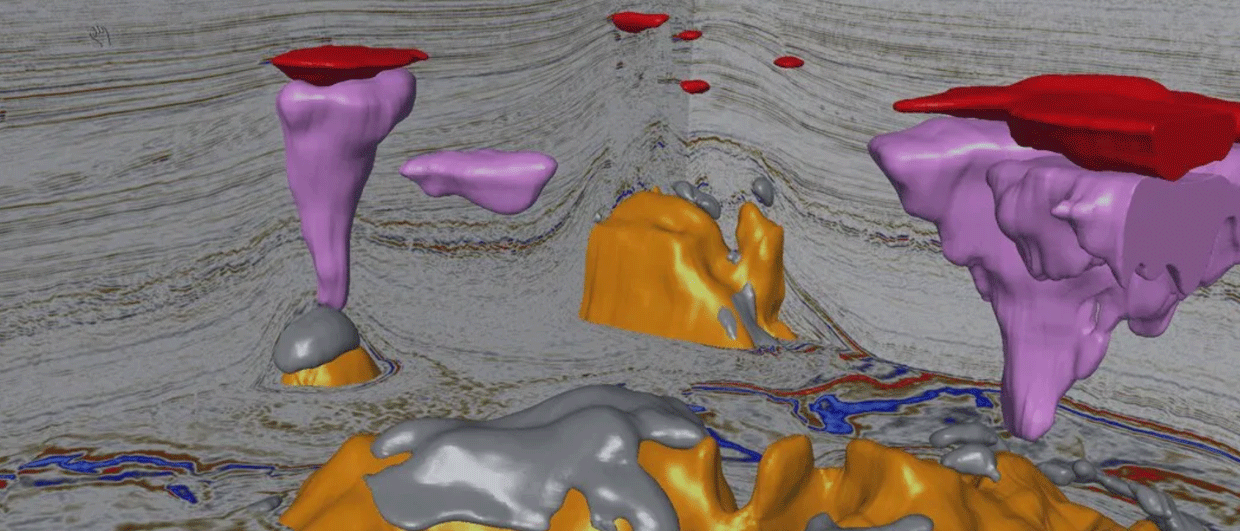AI’s transformative role in seismic interpretation is not merely illuminating the subsurface; it’s fast-tracking one of the energy industry’s most business-critical phases. The interpretation of seismic data requires a comprehensive understanding of geology and geophysics. It’s a complex and at times laborious process when undertaken manually, with high stakes – the interpretation of seismic data directly impacts drilling decisions, field commercialisation or new energy ventures such as the identification of subsurface locations for safe carbon capture and storage (CCS).
AI is a co-pilot, not a competitor
The recent surge in demand for AI in this space stems from increased pressure on G&G teams to accurately interpret more seismic data in less time and often, with fewer resources. No longer feared as a black-box solution to replace the human interpreter, AI is now considered as a co-pilot to the
geoscientist, a team member to take on the monotonous, repetitive tasks. This ultimately allows interpreters to apply their expertise and skills to further de-risk opportunities that benefit the whole business.
ChatGPT for the G&G community?
One analogy might be how ChatGPT can be used to produce anything from complex code to legal documents. The content it delivers provides a considerable head start but may require editing, calling upon the skills and knowledge of the interpreter to accept the result or make improvements. AI
for seismic interpretation is much the same despite the complex challenges.
In an industry first, leveraging multiple 3D convolutional neural networks (CNNs), Geoteric AI generates an out-of-the-box result that significantly accelerates the starting point for geoscientists, reducing project times from years and months to weeks and days, even in challenging data. Initial
insights are gained in hours and with easy-to-use workflows the geoscientist is empowered to tweak, fine-tune or edit the results if needed. Crucially, AI learns from geoscientists; subsurface teams benefit by sharing trained networks and transferring knowledge from one dataset to another.

Achieving the impossible
With an unprecedented reduction in interpretation cycle times and the subsequent boost in interpreter productivity, energy companies can begin to realise a much faster return on their seismic data investments. AI processes not only 100% of the seismic data, but also multi-azimuth, multi-angle and 4D seismic data without sacrificing accuracy, a previously impossible task. AI unearths the secrets of the subsurface, hidden in the most challenging seismic data and sometimes so subtle they are invisible to the human eye. The implications for companies with AI in their interpretation armoury could not be more powerful and relevant to the global demand for energy security; operators can bring new assets online faster than ever before.
AI unlocks the earth’s past for a low-carbon future
The way AI has advanced our subsurface understanding and the subsequent implications for oil and gas extraction is nothing short of remarkable. This seismic shift is not limited to hydrocarbon exploration, development and production, the benefits of AI reach across the whole E&P lifecycle as well as low carbon and renewable energy. CCS is considered one of the key strategies to achieve net zero carbon emissions and operators are capitalising on government incentives to take on CCS projects quickly and safely.
Illuminating the subsurface
Techniques used in hydrocarbon extraction can be applied to CCS where a detailed interpretation of seismic data is necessary to illuminate the subsurface. Subsequently, AI is readily deployed to quickly and accurately appraise CCS site integrity and monitor plume fill and migration using 4D
seismic data to ensure successful trapping. Similarly, the same methods are transferred to identify shallow hazards in offshore wind farm placement or detect locations of geothermal energy sources below the earth’s surface.
Embracing AI
Progressive industry leaders are already adopting AI to accelerate their E&P and CCS strategies; change will only come when decision-makers do more than just acknowledge the numerous advantages of AI. It’s time to fully embrace this powerful advancement in technology and what it can do for the planet; not only to improve the way we recover the earth’s resources today, but for the way we fuel humanity tomorrow.





